In this article, you will learn about a farmer who began growing flowers in a polyhouse and made enormous profits from his venture. The following will explore how Mr. Rajesh started this venture, the specifics of rose plant growth, and his experiences. Let’s check out more information on earning 70 lakhs from rose cultivation in 5 acre polyhouse below.
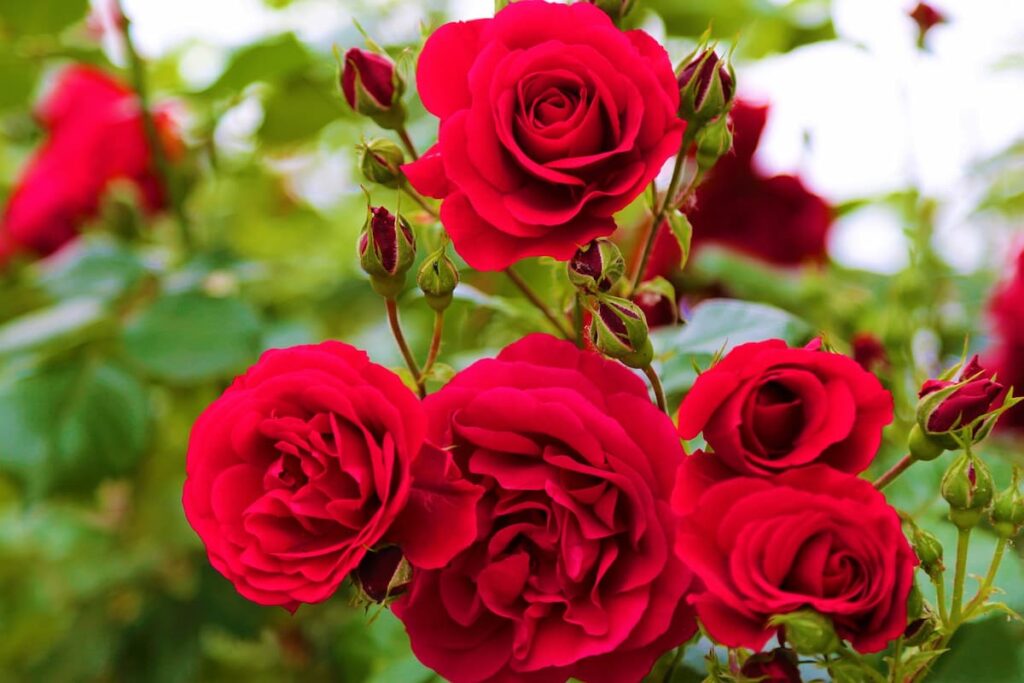
What is polyhouse farming?
In a polyhouse, also known as a greenhouse, the climate for the plants is either partly or entirely regulated by using specialized polythene sheeting as the covering material. Greenhouses were traditionally built on timber frames, with glass as the outside coating. Since plastics technology has progressed, glass can be substituted with plastic. Polyhouses are most suited for usage in tropical and subtropical climates, such as those found in India. The plastic covering of today’s polyhouses is fastened to the G.I. steel frame using aluminum grippers.
Coverage is provided by a high-quality white plastic film that measures 200 microns in thickness and is guaranteed against UV and weather deterioration for three years. For the most part, a drip irrigation system is what’s used to irrigate plants within a polyhouse. Farmers in India, their respective states, and local horticulture training facilities provide financial incentives and technical aid for polyhouse farming. Before building a polyhouse, one must complete a “Project report” detailing the specifics of growing a certain crop in such a structure. There must be sections here on the report’s technical, financial, and promotional components.
Sample projects that might be considered “bankable” by the Agriculture Department, agricultural banks, and financial institutions like NABARD can be found on their respective websites. A detailed project report is required for funding from institutions like banks and government agencies. Before moving on with the project, a complete understanding of the technical details, financial analysis, and marketing survey should be conducted.
In case you missed it: How this Farmer Earning 60 Lakh Rupees from Thaiwan Pink Guava Cultivation
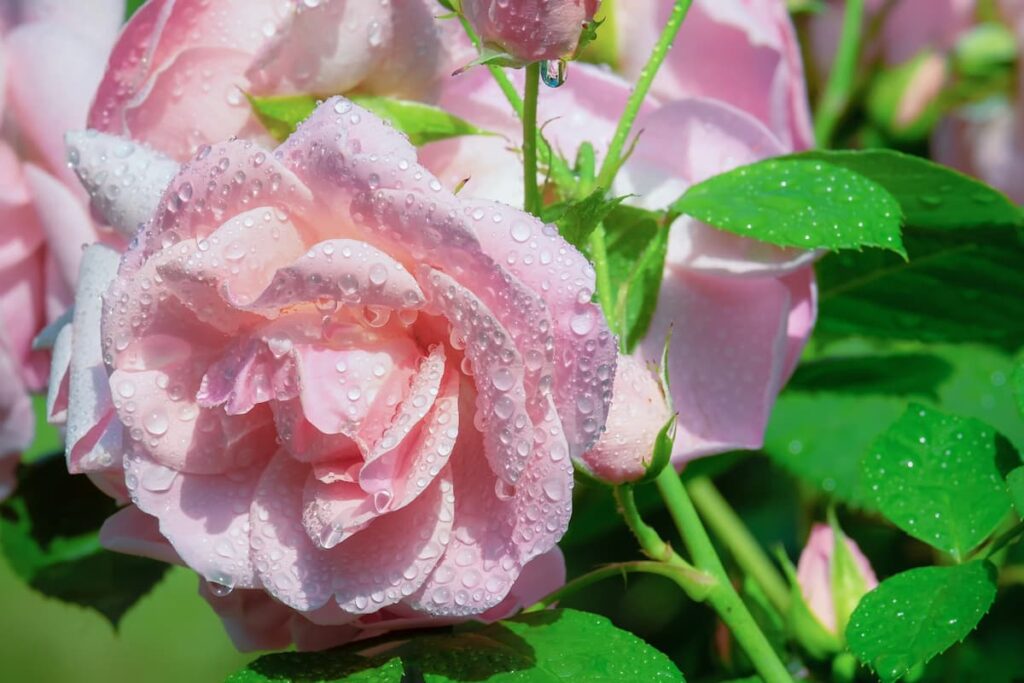
What are the advantages of polyhouse?
The crops within a polyhouse are shielded from the elements and can withstand wind, rain, radiation, precipitation, and other environmental extremes. It makes for an optimal environment for plant growth, both quantitatively and qualitatively. Increased carbon dioxide (CO2) concentrations in a polyhouse help grow plants to their full potential, making for much greater yields than in an outdoor setting.
Plants that would not normally be able to be grown in a given climate zone can be grown successfully in a polyhouse. Polyhouse farming allows for optimum yield from a small footprint. Maximum automation minimizes the need for human labor, our reliance on it, and its associated costs.
What are the disadvantages of polyhouse?
The production price is high, and a big initial investment is needed. Growing plants in a polyhouse demand a lot of attention and care. To keep a polyhouse working well, you’ll need technical expertise, a competent supervisor, and well-trained workers. There isn’t much room for organic farming in polyhouses because of the heavy reliance on synthetic chemicals for fertilizers and insecticides.
How to grow roses in Polyhouse?
The location chosen for the plantation should be free of pollution and have access to water, power, and a labor force. On top of that, the location has to be close to a major highway for easy access. Agricultural land has to be completely flat, well-drained, and have some extra room in case an expansion is ever considered. The polyhouse must be exposed to sunlight on all sides and protected from damaging winds.
Polyhouses, designed to combat these concerns, are best situated with their long sides pointing south and north. Farmyard manure, sand, and coir material should be mixed in a 2:1:1 ratio, and 15 kg of urea will be spread throughout the field. There should be three waterings, another furrowing, and an even tilth before planting. Beds were raised to a height of 50 cm and a width of 85 cm, with a 55 cm walking space between them.
The budget plants were planted in rows with a 35 cm x 25 cm gap between each plant. Completely watering the beds ensures the correct soil moisture level is maintained. Buds on rose stems grow in opposite directions, either outward or inward. Pruning’s golden rule is to always make the incision approximately a centimeter above a flaming bud that faces the direction in which the new shoot should grow.
In case you missed it: Earning 10 Lakh Rupees from Bamboo Cultivation: A Sucess Story of a Bamboo Farmer in India
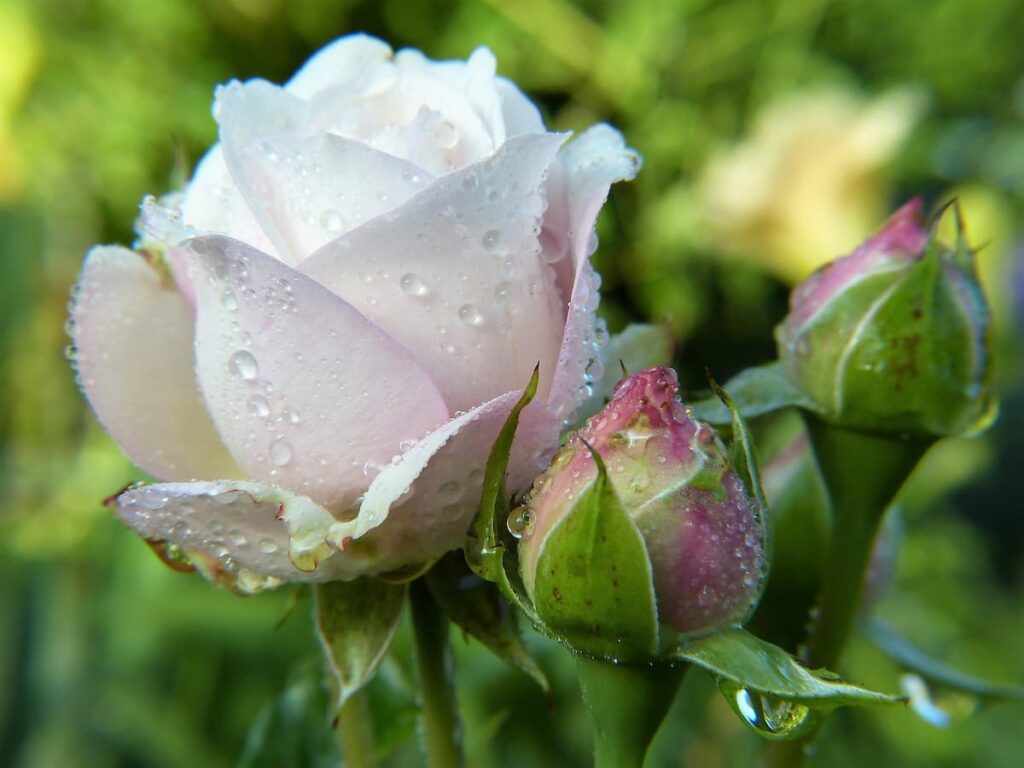
Earning 70 lakhs from rose cultivation in 5 acre polyhouse
The success story of Mr. Rajesh
Mr. Rajesh is a vegetable farmer in Telangana. He used to cultivate different vegetables on his 5-acre farm. Due to the unfavorable climate, heavy rainfall, sunlight, etc., he lost crops many times. He was very confused and didn’t know what to do. At this moment, he contacted agricultural officers in his district, and he came to know about the polyhouse. This caught his immediate attention. He took three months to learn about polyhouse cultivation and gather the capital.
He realized that he could grow many vegetables in a polyhouse. Still, while investigating, he learned that cultivating flowers in a polyhouse has a huge scope for profits than cultivating vegetables. So he started rose flower cultivation in his polyhouse, which became a huge success. He even took a license and started exporting his flowers to other countries. This made him earn huge profits. Below we will learn how Mr. Rajesh started this venture, the cultivation details of rose plants, and his experiences.
Polyhouse construction details, according to Mr. Rajesh
The expense of maintaining polyhouses is a significant financial burden for farmers. On the other hand, Mr. Rajesh says that if you construct a poly house with the support of the state government, you are eligible to get a subsidy that covers up to 75% of the project’s entire cost. Building a polyhouse on an acre of land might cost roughly 30 lakhs of rupees.
However, getting a subsidy can bring this cost down to only 10 lakh rupees per acre. Remember that you will only have to make the initial investment once, so even though it may seem like a significant amount, you will only have to do it once. After three years, the money will be returned to you. Consequently, Mr. Rajesh claims that you could expect a big and speedy increase in your revenue.
In case you missed it: Earning 8 Lakh Rupees from Spine Gourd Cultivation: A Success Story of Kantola/Teasle Gourd Farmer in India
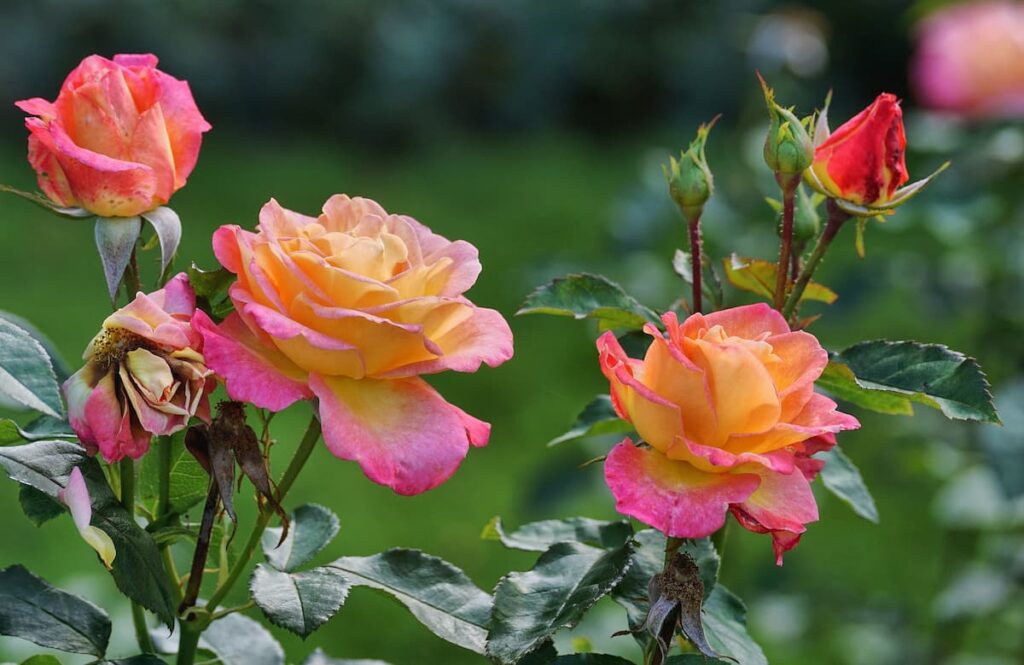
Mr. Rajesh constructed a polyhouse on 5 acres of land. This cost him nearly 50 lakh rupees. This is very less, and he took the subsidy from the state government. As mentioned above, under the horticulture scheme, he got almost 75% subsidy on the entire cost of the polyhouse. It took him nearly three months to build his 5-acre polyhouse, says Mr. Rajesh.
Plant selection details, according to Mr. Rajesh
Mr. Rajesh says he particularly selected Rose plants because they are very easy to grow in a polyhouse. Also, they give quality yield when grown in a polyhouse. Most people assume that there is only red, but a rose can be grown in different colors. He grows nearly seven varieties of rose flowers on his farm. These varieties are Taj Mahal, Noblesse, Carvait, Jumulia, Peach, Avalanche, Sweet Avalanche, Candy Avalanche, and Gold Stuck. He bought these plants from Tamil Nadu state. He bought each plant @12 to 13 rupees per plant.
Rose plants cultivation details, in Mr. Rajesh’s words
His polyhouse farm has nearly 30,000 to 32,000 plants per acre. Forty-five days after planting saplings, you have to start being processed. The stalk is bent down gently and twisted between 180 and 300 degrees, slightly above the base. To do this, one hand holds the graft’s base securely with its fingers to prevent the stem from snapping, while the other twists and bends the stem.
This process is known as bending. For land preparation, Mr. Rajesh added animal manure, cow manure, and chicken manure to his farm. Once the manure is added, the land should be plowed again properly. This aids in the proper mixture of manure with the soil. On his farm, Mr. Rajesh made rows that were 8 meters. And on these 8-meter rows, the saplings are planted in two rows.
There are two lines of drip water pipes on each row. We will get the first harvest three months after seed sowing. Mr. Rajesh says that you can harvest nearly 8 to 10 lakhs of flowers per acre per year. One of the advantages of polyhouse farming is that there will be very few pest attacks, says Mr. Rajesh. For any minor pest attacks, he uses pesticides to control the pests.
In case you missed it: Earning 24 Lakh Rupees from Polyhouse Chrysanthemum Cultivation: A Success Story of a Flower Farmer in India
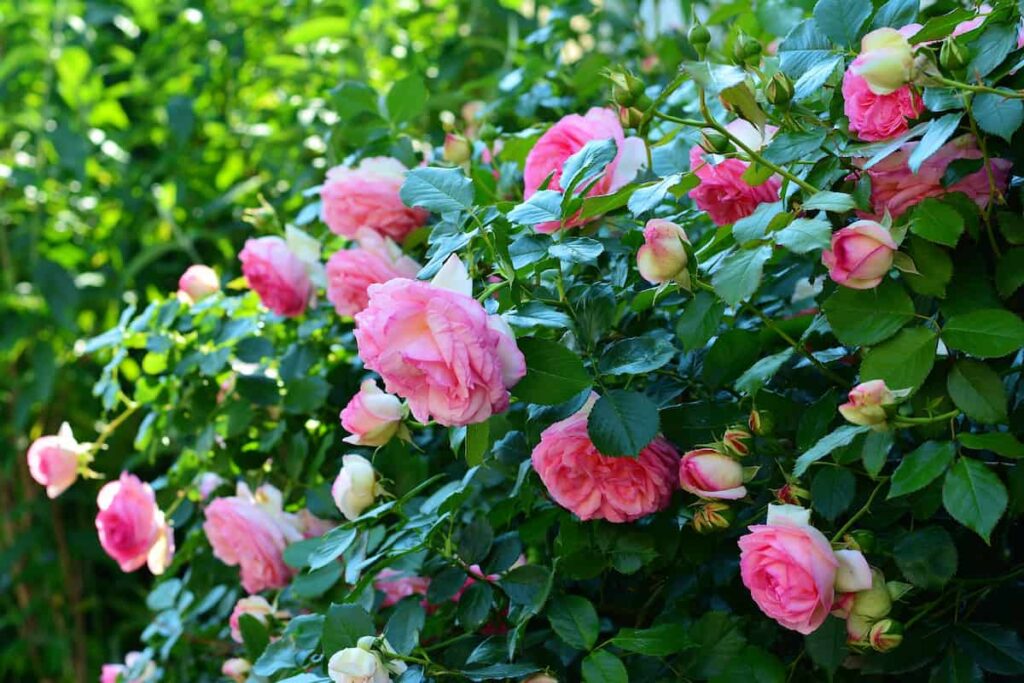
Concerning water, the area where Mr. Rajesh’s property is located has very few water resources. For this, he constructed two farm ponds. The water from the top of the polyhouse is directed toward the farm ponds by pipes whenever it rains. And he uses this rainwater to irrigate his polyhouse farm. He uses a drip irrigation system to water his plants in his polyhouse.
He says drip irrigation is a perfect irrigation system for watering plants in a polyhouse, as there is very little wastage of water, and the plants will get the required water, not more, not less. Regarding diseases, powdery mildew spreads on his farm in winter, and downy mildew spreads in the rainy season. Thrips will also affect the plants in the summer season. He sprays medicines such as Confidor, Pegasus, Kiphen, and Hunk. These medicines should be sprayed twice a week, says Mr. Rajesh.
These plants grow only at a temperature of 30 degrees Celcius. To maintain an ideal temperature in his polyhouse, Mr. Rajesh says that he uses foggers on his farm. These foggers are attached at the top of the polyhouse. When switched on, these will mist water for two seconds. This water will evaporate before they fall on the ground, increasing the temperature and humidity in the air in the polyhouse.
Investment and profit analysis of Mr. Rajesh’s polyhouse rose farm
When asked about investment, Mr. Rajesh says that including one-time investment took him nearly 45 to 50 lakh rupees. And regarding profits, Mr. Rajesh sells each flower for 4 to 5 rupees. As rose plants have a lifetime of 3 to 4 years and yield daily, their yearly income would be nearly 1,26,00,000 rupees. When the investment is erased from this income, his profit would be nearly 76 lakh rupees. Mr. Rajesh says that this profit will increase yearly as the plant will yield more by the end of the fourth year.
In case you missed it: How this Farmer Earning 50 Lakhs From his 5 Acres Farm: A Success Story of a Vegetable Farmer in India
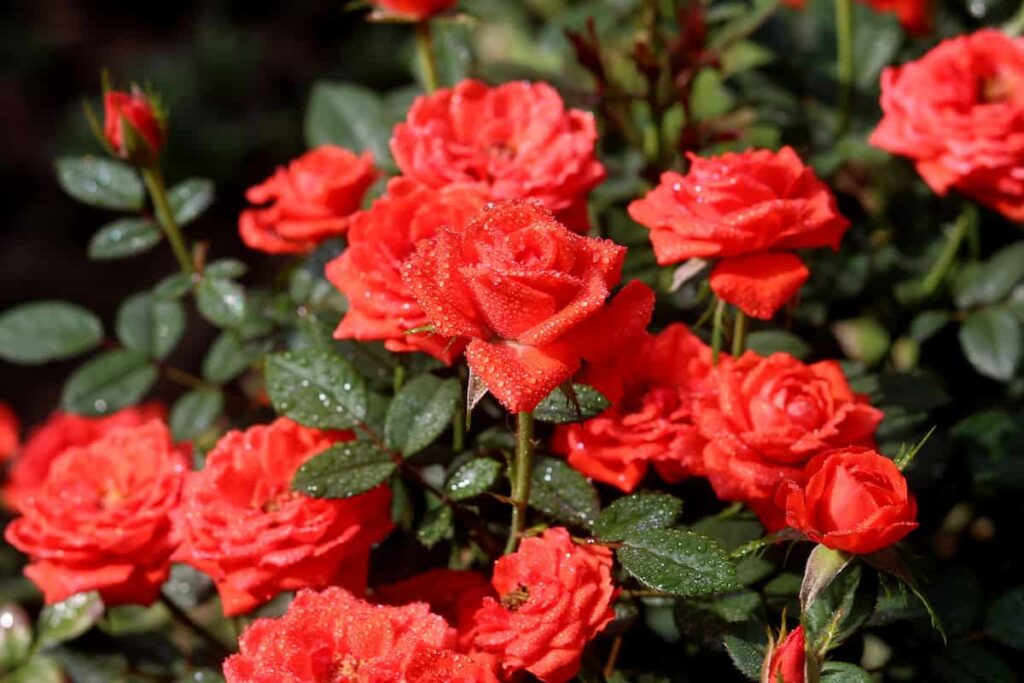
Mr. Rajesh says Polyhouse rose cultivation is a heavy investment with huge returns. One should concentrate more on marketing, he added. If you are good at marketing, you can see huge profits quickly. He is happy that he shifted from vegetable to polyhouse flower cultivation. He is now thinking of expanding his farm to another acre.
- Types of Pesticides Used in Agriculture: A Beginner’s Guide
- Economical Aquaculture: A Guide to Low-Budget Fish Farming
- 15 Common Planting Errors That Can Doom Your Fruit Trees
- How to Make Houseplants Bushy: Effective Tips and Ideas
- Innovative Strategies for Boosting Coconut Pollination and Yield
- Pollination Strategies for Maximum Pumpkin Yield
- The Complete Guide to Chicken Fattening: Strategies for Maximum Growth
- Natural Solutions for Tulip Problems: 100% Effective Remedies for Leaf and Bulb-Related Issues
- Revolutionizing Citrus Preservation: Towards a Healthier, Greener Future
- Natural Solutions for Peony Leaf and Flower Problems: 100% Effective Remedies
- Maximizing Profits with Avocado Contract Farming in India: A Comprehensive Guide
- Natural Solutions for Hydrangea Problems: 100% Effective Remedies for Leaf and Flowers
- The Ultimate Guide to Choosing the Perfect Foliage Friend: Bringing Life Indoors
- From Sunlight to Sustainability: 15 Ways to Use Solar Technology in Agriculture
- The Ultimate Guide to Dong Tao Chicken: Exploring from History to Raising
- The Eco-Friendly Makeover: How to Convert Your Unused Swimming Pool into a Fish Pond
- Mastering the Art of Delaware Chicken Farming: Essentials for Healthy Backyard Flocks
- 20 Best Homemade Fertilizers for Money Plant: DIY Recipes and Application Methods
- How to Craft a Comprehensive Free-Range Chicken Farming Business Plan
- Brighten Your Flock: Raising Easter Egger Chickens for Beauty and Bounty
- How to Optimize Your Poultry Egg Farm Business Plan with These Strategies
- Subsidy for Spirulina Cultivation: How Indian Government Schemes Encouraging Spirulina Farmers
- Ultimate Guide to Raising Dominique Chickens: Breeding, Feeding, Egg-Production, and Care
- Mastering the Art of Raising Jersey Giant Chickens: Care, Feeding, and More
- Ultimate Guide to Raising Legbar Chickens: Breeding, Farming Practices, Diet, Egg-Production
- How to Raise Welsummer Chickens: A Comprehensive Guide for Beginners
- How to Protect Indoor Plants in Winter: A Comprehensive Guide
- Ultimate Guide to Grow Bag Gardening: Tips, Tricks, and Planting Ideas for Urban Gardeners
- Guide to Lotus Cultivation: How to Propagate, Plant, Grow, Care, Cost, and Profit
- Agriculture Drone Subsidy Scheme: Government Kisan Subsidy, License, and How to Apply Online
- Ultimate Guide to Raising Araucana Chickens: Breed Profile, Farming Economics, Diet, and Care
- Bringing Hydroponics to Classroom: Importance, Benefits of Learning for School Students
- Ultimate Guide to Raising Polish Chickens: Breed Profile, Farming Economics, Diet, and Care
- Ultimate Guide to Raising Australorp Chickens: Profile, Farming Economics, Egg Production, Diet, and Care
- Silkie Chicken Farming: Raising Practices, Varieties, Egg Production, Diet, and Care
- Sussex Chicken Farming: Raising Practices, Varieties, Egg Production, Diet and Care